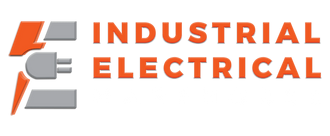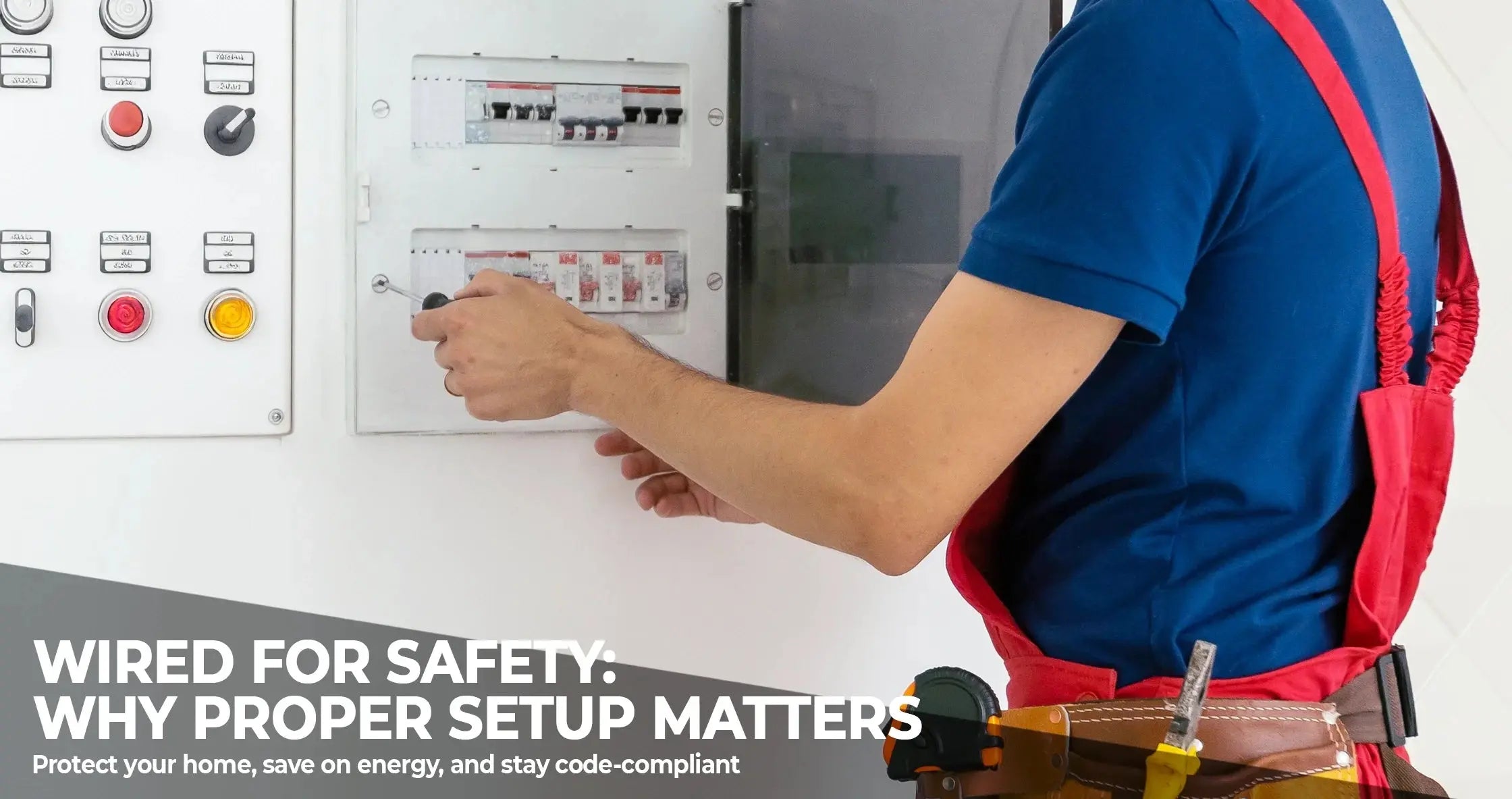Proper wiring in an electrical distribution board is essential to ensure the safety and functionality of your home's electrical system. The electrical distribution board serves as the central hub where power is distributed throughout your house, making its correct installation crucial.
Understanding the Electrical Distribution Board
What Is an Electrical Distribution Board?
An electrical distribution board, also known as a distribution board or power distribution board, is a panel that distributes electrical power to various circuits within a building. It houses circuit breakers and fuses that protect each circuit from overload and short circuits.
Properly installed **electrical distribution boards** ensure that electricity flows safely and efficiently to all parts of your home. They are designed to handle both single-phase and three-phase power systems, depending on the needs of the property.
Components of an Electrical Distribution Board
The main components include the main switch, circuit breakers, and busbars. Each component plays a vital role in managing and protecting the electrical supply. For instance, circuit breakers automatically cut off power when they detect an overload, preventing potential hazards such as fires.
Modern **electrical distribution boxes** often come equipped with advanced features like surge protection and remote monitoring capabilities, enhancing their reliability and safety.
Why Proper Wiring Matters
Safety First
Incorrect wiring in an electrical distribution board can lead to serious safety risks, including electrical fires, shocks, and equipment damage. According to safety reports, faulty wiring accounts for a significant percentage of residential fires annually.
Proper wiring involves adhering to national electrical codes and standards, ensuring that wires are correctly sized, insulated, and grounded. This reduces the risk of accidents and ensures compliance with legal requirements.
Energy Efficiency
Efficient wiring minimizes energy loss by reducing resistance in the electrical pathways. When wires are appropriately sized and installed, they allow for optimal power flow, which translates into lower electricity bills and less strain on appliances.
For example, using high-quality copper wires instead of cheaper alternatives ensures better conductivity and longevity. This investment pays off in the long run through reduced maintenance costs and improved performance.
Common Mistakes to Avoid
Poor Planning
One of the most common mistakes is poor planning during installation. Failing to account for future expansions or increased power demands can result in overloaded circuits and frequent breaker trips.
To avoid this, consult with licensed electricians who can assess your current and projected power needs. They will design a wiring layout that accommodates growth without compromising safety.
Incorrect Wire Sizes
Using wires that are too thin for the intended load can cause overheating and eventual failure. On the other hand, oversized wires may seem safe but are unnecessarily expensive and wasteful.
- Ensure wires match the amp ratings of connected devices.
- Label each wire clearly to simplify troubleshooting.
- Separate different types of signals to prevent interference.
Choosing the Right Equipment
Brands You Can Trust
When selecting equipment for your **electrical distribution board**, consider reputable brands like Schneider Electric. These companies offer durable and reliable products that meet international safety standards.
Schneider distribution boards are particularly popular due to their innovative designs and user-friendly interfaces. They provide peace of mind knowing that your electrical system is protected by top-tier technology.
Maintenance Tips
Regular maintenance is key to prolonging the lifespan of your electrical distribution board. Schedule routine inspections with certified professionals to identify and address any issues early.
Cleaning dust and debris from the panel, tightening loose connections, and replacing worn-out parts are simple tasks that significantly improve performance and safety.
Conclusion
Proper wiring in an electrical distribution board is not just a technical requirement but a necessity for maintaining a safe and efficient home environment. By understanding the components and functions of these panels, homeowners can make informed decisions about their electrical infrastructure.
Investing in quality materials and professional installations ensures that your system operates reliably for years to come. Remember, prevention is always better than cure when it comes to electrical systems. Stay proactive and keep your family and property safe.

Frequently Asked Questions (FAQ)
How Often Should I Inspect My Electrical Distribution Board?
It is recommended to inspect your electrical distribution board at least once a year. However, if you notice signs of trouble, such as flickering lights or tripping breakers, schedule an inspection immediately.
Can I Install an Electrical Distribution Board Myself?
While technically possible, installing an electrical distribution board yourself is strongly discouraged unless you have extensive experience in electrical work. Incorrect installations can pose severe safety risks and may void warranties.
What Are the Signs of Faulty Wiring?
Signs of faulty wiring include burnt outlets, buzzing sounds, unusual smells, and frequently tripping breakers. If you encounter any of these symptoms, contact a licensed electrician promptly.
Which Brand Offers the Best Electrical Distribution Boards?
Several brands produce high-quality electrical distribution boards, with Schneider Electric being one of the most trusted names in the industry. Their products combine durability, safety, and ease of use, making them ideal for both residential and commercial applications.

